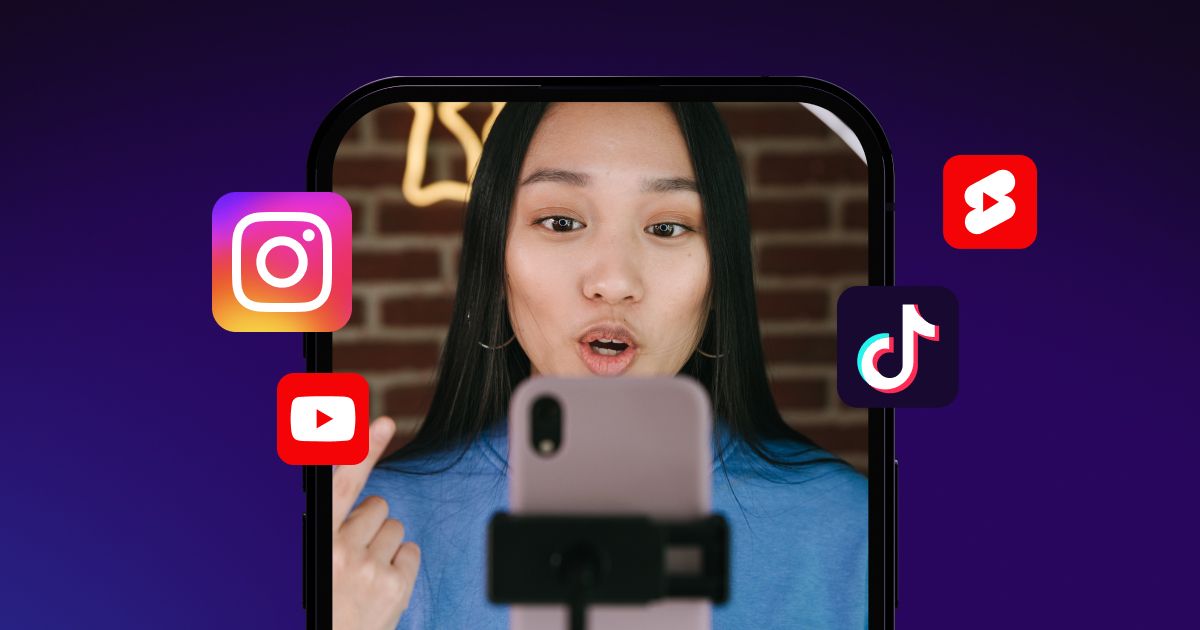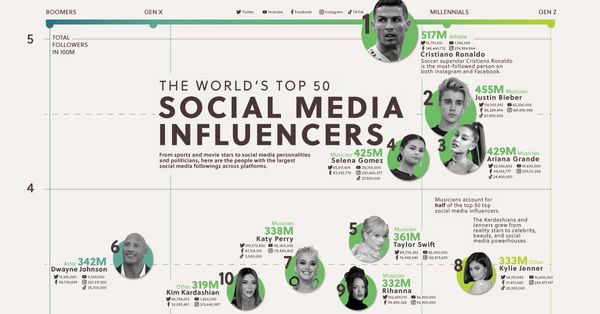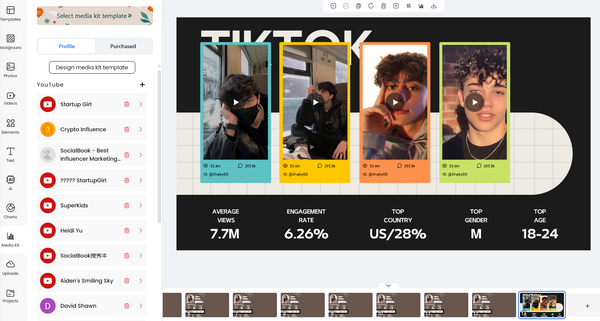At SocialBook, we've successfully connected over 180,000 UGC creators with our clients to enhance their marketing efforts. In this blog post, I'll guide you through the process of finding exceptional UGC creators and provide key insights into hiring them effectively.
What is User-Generated Content (UGC)?

UGC, or user-generated content, is authentic, raw content that appears natural and unpolished. It's the type of content you commonly see on social media. The primary goal of UGC is to capture viewers' attention before promoting a product or demonstrating its benefits. In recent years, UGC has become extremely popular among e-commerce brands and is now an essential part of the media mix for brands of all sizes, complementing their produced content, static images, and other media formats.
User-Generated Content (UGC) vs. Influencer Marketing
UGC content and UGC creators might not have a large following and may not be influencers. They are essentially professionals at making commercials, taking your product, and creating content that can be used as ads. Influencers, on the other hand, typically have their own following and promote products to their audience. They may also create content for your brand.
It's important to note that the landscape of influencer marketing is changing. A recent report in The Drum revealed that only 12% of consumers trust influencers, 42% regretted purchasing a product endorsed by an influencer, while 86% trust UGC content posted on brand accounts. This shift indicates that consumers now trust brands more than influencers. Many influencers have over-promoted products, resulting in a significant loss of trust.
Why Choose User-Generated Content (UGC)?
Brands now, including those we work with at SocialBook, are opting for UGC content to post on their own brand pages. This approach gives the brand more control over the content's direction. Additionally, it allows for more effective data gathering. When you hire an influencer to create content for your brand, all the brand affinity, impressions, reach, likes, follows, etc., are directed to the brand account, which is the ultimate goal.
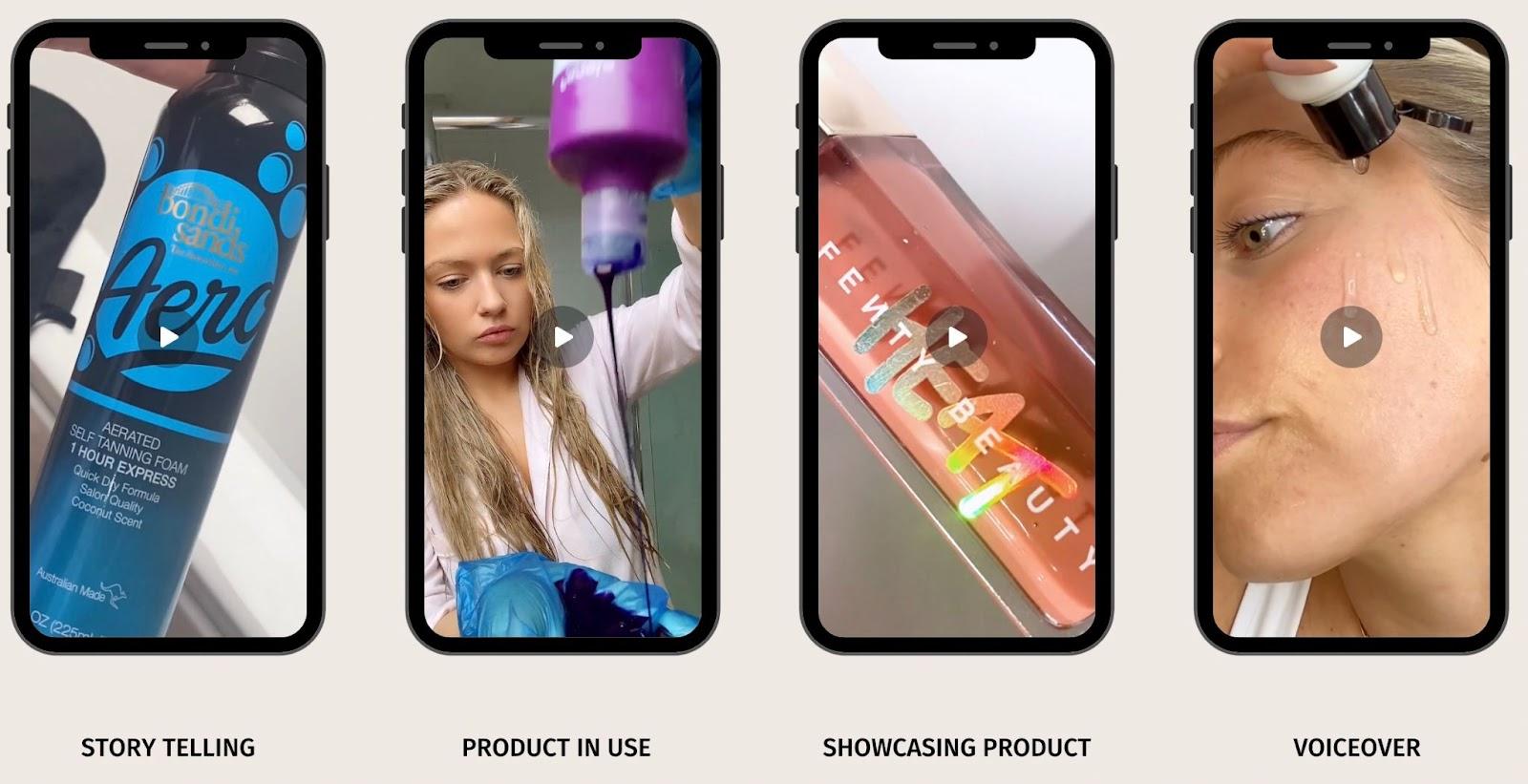
How to Find Great User-Generated Content (UGC) Creators?
If you're venturing into the UGC world and want to start creating content but don't know where to begin, here's a guide on how to find great UGC creators for your brand.
1.Use SocialBook Product Launcher
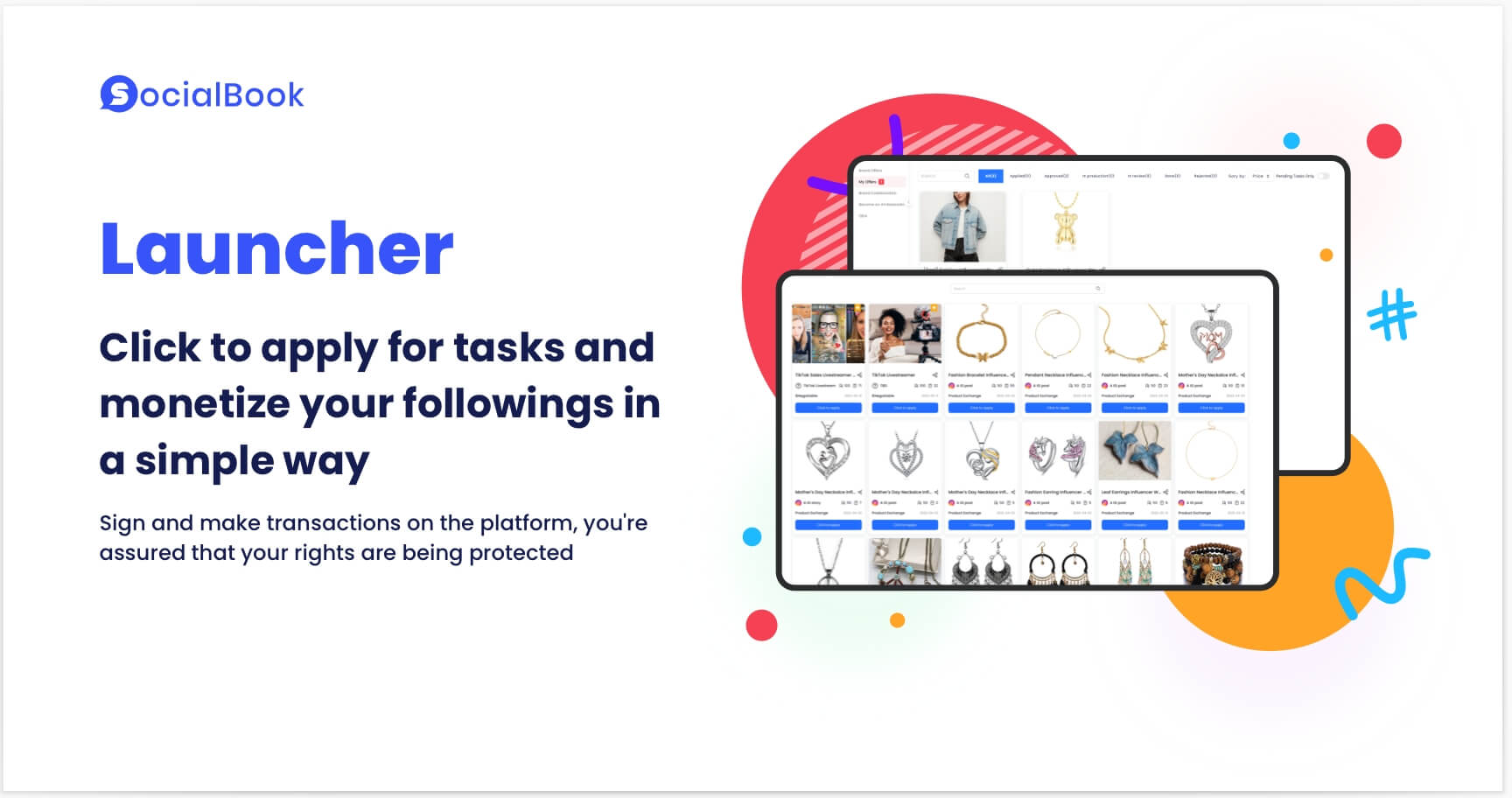
You can utilize a platform like SocialBook Product Launcher, a comprehensive tool where you can not only create your own campaign but also recruit UGC creators effortlessly. With its user-friendly interface and powerful features, Product Launcher simplifies the process of finding and collaborating with talented creators who align with your brand's vision and values. Whether you're looking to launch a new product, promote an existing one, or simply engage with your audience through authentic content, SocialBook Product Launcher provides the resources and support you need to succeed in the dynamic world of user-generated content.
How SocialBook Product Launcher works?
- Set up a SocialBook account and post your products
Sign up for a free SocialBook account and post your products with just a few clicks. Provide details about your brand, products, desired types of influencers/UGC creators, expected tasks, and budget. Then, just sit back and monitor your messages while we take care of the rest.
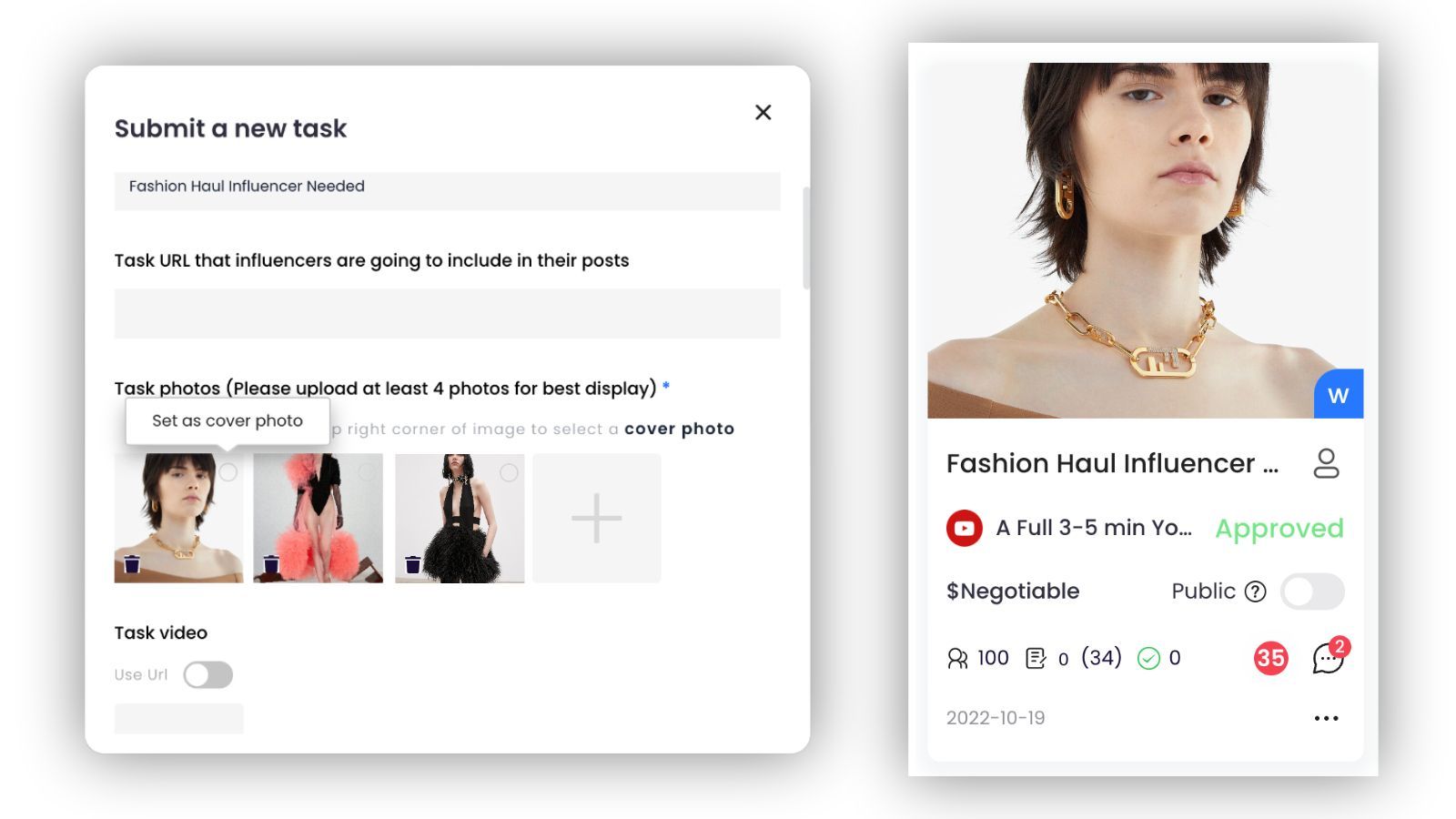
2. Finding matching influencers to collaborate
With over 180,000 micro-influencers/UGC creators using SocialBook, we have extensive data on their performance and interests. Our system will match your brand with relevant micro-influencers/UGC creators from our database and introduce your brand to them.
3. Influencers/UGC creators like your brand
If influencers/UGC creators are drawn to your products and feel your brand aligns with their style, they will apply to collaborate. You'll receive a list of interested influencers/UGC creators, complete with data to help you assess their compatibility and performance before committing to a campaign.
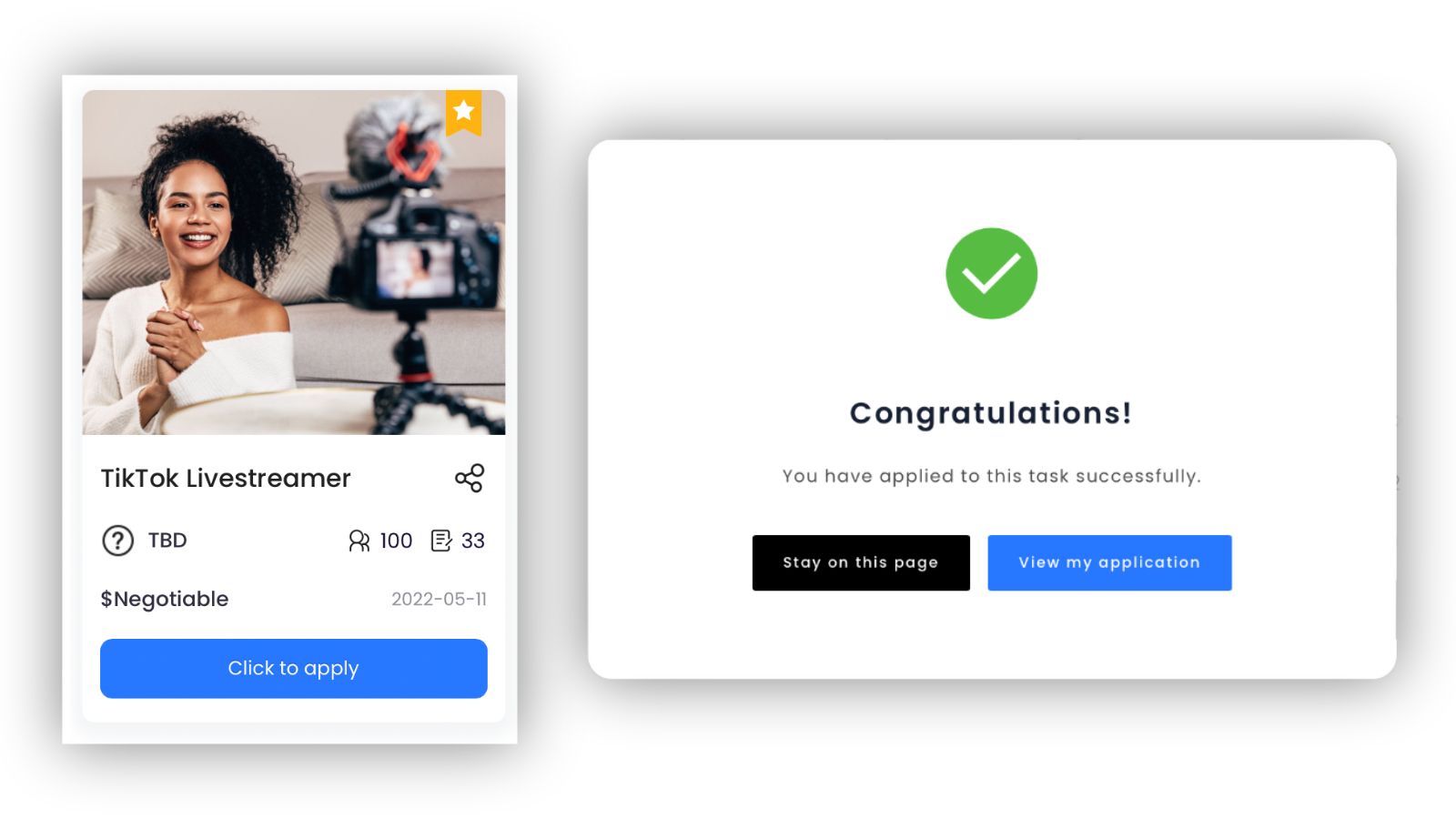
4. Approve influencers/UGC creators that fit you
Communicate directly with influencers/UGC creators through our platform to inquire about their interests or negotiate terms. If there's mutual interest, you’ve got a match! From there, you can take over to discuss further details like product shipping and more.

5. Influencer marketing management
Manage your campaigns efficiently with statuses like 'Approved', 'Ship Product', 'Launch Post', and 'Completed'. Our dedicated inbox system facilitates smooth communication between brands and influencers, ensuring the success of your campaign.
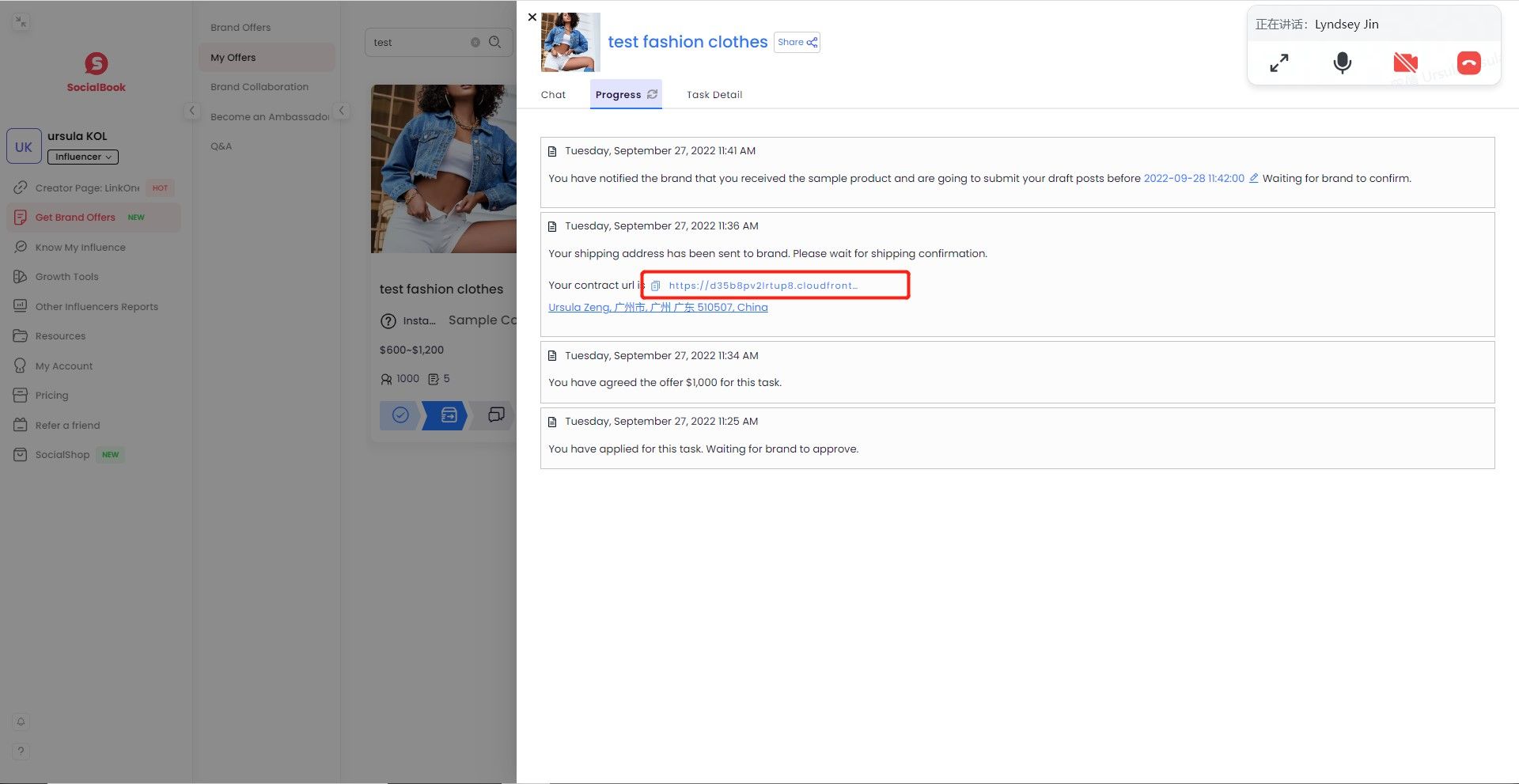
2. Manually Find Creators
You can discover numerous UGC creators on various social media platforms. Begin by establishing an internal database using tools like Google Sheets or Excel. Search for #UGC, and you'll uncover a plethora of creators with that tag in their bios. These creators can be found on platforms such as TikTok, Twitter (X), Instagram, and more. Initiate contact with them and express your interest in learning more about their rates and services. They are likely to provide you with a website or media kit detailing their rates for different packages. Many UGC creators maintain a high level of professionalism, which facilitates smoother interactions as they understand the expectations and are transparent about their pricing.
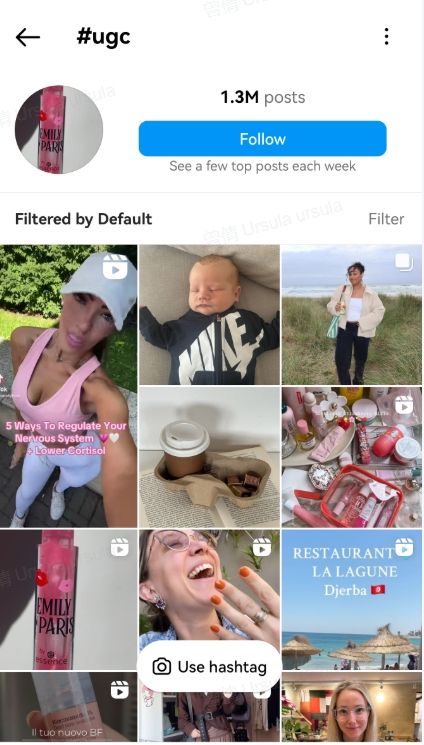
3. Understanding Legalities
It's imperative to involve legal professionals in the process. If you're an agency or freelancer managing accounts, it's advisable to enlist the services of a lawyer to draft a comprehensive document outlining usage rights, payment terms, and other relevant details. Typically, payment includes a usage window (e.g., 30, 60, or 90 days), and additional fees may apply if you wish to extend the usage period. Additionally, consider publicity rights, although it's recommended to seek legal advice from your legal team for specific guidance. This legal framework becomes particularly beneficial if an advertisement performs well and you intend to extend the usage rights.
4. Budgeting for UGC Creators
When hiring UGC creators, it's essential to have a clear understanding of your budget. The quality of UGC content obtained for $300 compared to $1,000 is not just a 3X difference; it often translates to a remarkable 10X or 20X disparity in quality. If your budget allows, consider reaching out to creators who resonate with your brand's ethos. Explore their rates for crafting content that aligns with your vision, or explore opportunities to engage them as brand ambassadors for consistent content creation. This strategic approach can be particularly beneficial for startups, e-commerce ventures, and CPG brands, enabling them to make a significant impact without exceeding their budget constraints. Given the prevalence of mediocre UGC, finding creators who genuinely reflect your brand values is paramount for achieving success.
5. Ensuring Unique Content
When engaging UGC creators, ensure they possess intriguing qualities that resonate with your brand. Whether they excel in surfing, rock climbing, cooking, or possess other unique skills, their attributes should seamlessly align with your brand and product narrative. Generic UGC content is unlikely to resonate as we progress into 2024 and beyond. Therefore, exercise thoughtfulness and diligence during the selection process to ensure alignment with your brand's identity and values.

6. Crafting a Strong Brief
Crafting a strong brief for influencers is crucial for ensuring that your campaign is executed effectively and aligns with your brand's objectives. Here’s a detailed guide on how to create a compelling brief for influencers:
1. Introduction and Background
- Company Overview: Provide a brief introduction to your brand, including its history, values, and unique selling points.
- Campaign Overview: Describe the campaign’s purpose, goals, and the key message you want to convey.
2. Objectives and Goals
- Campaign Goals: Clearly outline what you want to achieve (e.g., brand awareness, product promotion, lead generation).
- KPIs and Metrics: Specify how success will be measured (e.g., engagement rate, reach, conversions).
3. Target Audience
- Demographics: Define the age, gender, location, and other relevant characteristics of your target audience.
- Psychographics: Include information on interests, behaviors, and lifestyle preferences.
4. Content Requirements
- Content Types: Specify the type of content you need (e.g., Instagram posts, stories, YouTube videos, blog posts).
- Key Messages: Highlight the main points that should be communicated in the content.
- Tone and Style: Describe the desired tone and style (e.g., casual, professional, humorous).
- Visual Guidelines: Provide any brand guidelines, such as color schemes, logos, and fonts that should be used.
5. Deliverables and Deadlines
- Content Deliverables: List the exact deliverables required (e.g., number of posts, videos).
- Deadlines: Provide clear deadlines for content submission and posting.
6. Creative Direction
- Inspiration and Examples: Share examples of content that you like or previous successful campaigns.
- Do’s and Don’ts: Clearly outline any specific instructions on what to include or avoid.
7. Compensation and Budget
- Payment Terms: Outline the compensation structure (e.g., flat fee, performance-based).
- Additional Perks: Mention any additional benefits, such as product samples, event invitations, or discounts.
8. Legal and Compliance
- Disclosure Requirements: Inform influencers about necessary disclosures and compliance with regulations (e.g., FTC guidelines).
- Contractual Obligations: Briefly mention key points from the contract, like content ownership and usage rights.
9. Contact Information
- Primary Contact: Provide the contact details of the person the influencer can reach out to for questions or clarifications.
- Support Channels: Mention any additional support channels (e.g., email, phone, social media handles).
10. Final Checklist
- Approval Process: Explain the process for content review and approval.
- Revisions: Clarify how many rounds of revisions are allowed and the process for making changes.

By providing a clear, concise, and detailed brief, you set your influencers up for success, ensuring that they can create content that resonates with your audience and meets your campaign objectives.
7. The Importance of Diversity
Finally, prioritize diversity when recruiting and selecting creators. Actively seek out individuals from various backgrounds who represent a wide spectrum of society. Embracing diversity not only enriches your brand's perspective but also fosters inclusivity and authenticity, ultimately benefiting your brand in the long term. Utilize data to refine your strategy and ensure your legal framework is robust. Set clear pricing structures, craft comprehensive briefs, and seek out diverse creators to invigorate your content feed.
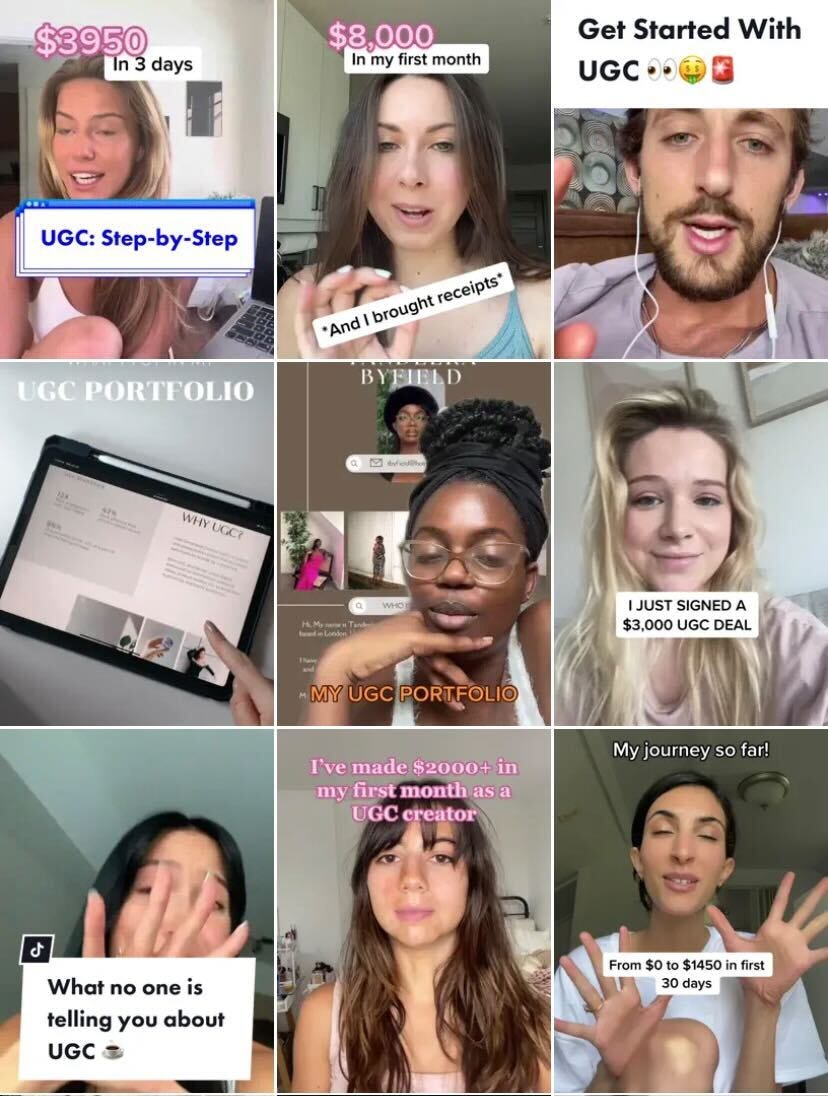
Conclusion
UGC serves as a supplement rather than the cornerstone of a robust content strategy. It's essential to maintain a balanced mix of produced videos, static images, text posts, and other media formats. While UGC adds valuable authenticity and engagement, it should be viewed as just one component of your overall marketing strategy. Relying solely on UGC is not advisable, particularly on social media platforms where diverse content formats contribute to a more comprehensive brand presence and audience engagement.


